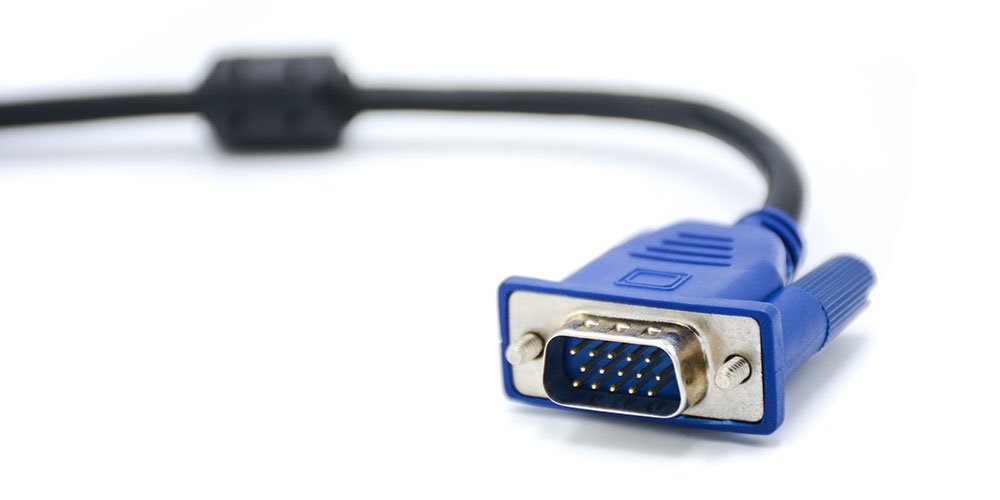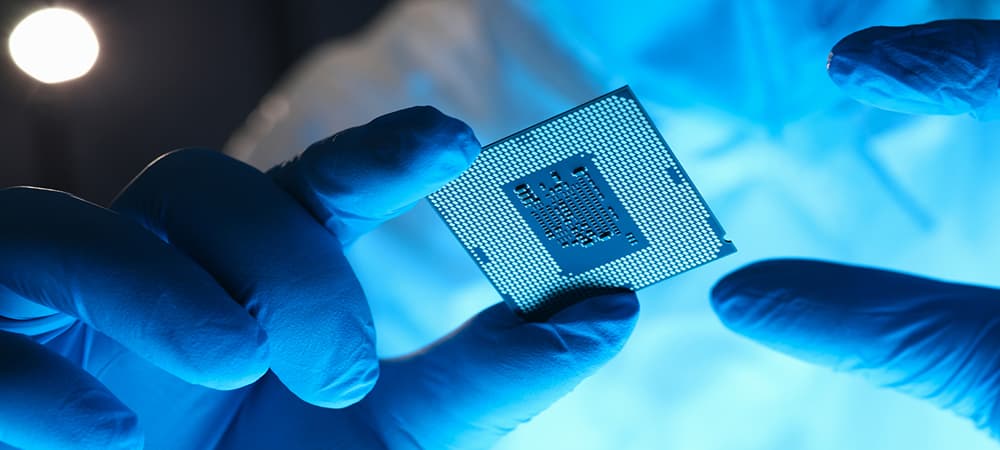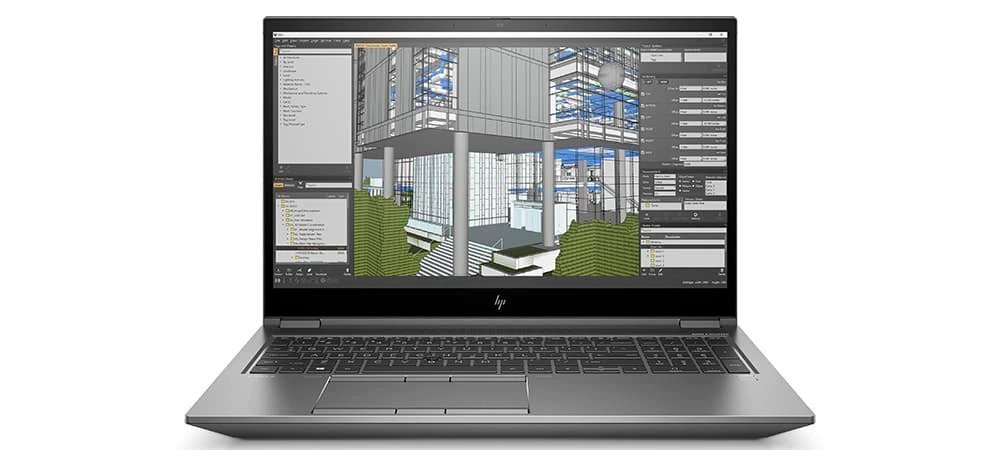Thank you for visiting the MALAYSIA HP Store
-
Contact Us
CONTACT USCall us
- Sales
- 1800 88 4889
- Technical support
- 1800 88 4889
Mon-Fri 8:30AM to 5:30PM
(exc. Public Holidays)
Chat with us- Our specialist are here to help
- Live chat
- Sales
- 60166999350(WhatsApp)
-

Mon-Fri 8.30am - 5.30pm
(exc. Public Holidays)
Live product demo
Store finder Locate our storesSubmit feedback We value your opinion! - Location
- My Account
Top Advantages of DVI vs VGA for Computer Monitors


When you want to connect your computer to a bigger external monitor or TV to make your movie night or presentation more visually dazzling, you’ll have to determine what ports are on your device. Your PC could have any number of ports but some of the most common include HDMI, DisplayPort™, DVI, USB, and VGA ports.
After you identify your port, you’ll need to choose the right connector to attach your devices. But it’s not always a straightforward process, especially if you need a cable that converts different signals. For example, you might need a specific converter to transfer the analog signals from a VGA port to an external monitor that uses a digital DVI interface.
In order to maximize the quality of the image you see, you’ll want to make the right choice when it comes to your connections. Below, we will dive into the difference between two common kinds of connections: DVI and VGA.
What’s the difference between DVI and VGA?
The basic differences between them stem from their age. DVI is a considerably newer connection type that transfers digital signals while VGA is older and transfers analog signals[1]. But DVI and VGA are a lot more than a jumble of letters, they are specific types of connections that can make a huge impact on your picture quality. Read on for an in depth look at what they are and how they work.
First, we’ll dive into VGA, to explore how this technology made its mark and the reasons why it’s being replaced by other modern connections.
What is VGA?

VGA, or Video Graphics Array, is considered an old-school technology. In fact, it’s one of the oldest connection standards found on the market today. It was first created by IBM and introduced to the world in 1987[2]. It was commonly used for video cards, computer monitors, TV sets, and laptops.
These days, it’s considerably more difficult to find VGA ports, cables, and connectors since they are being replaced by updated interfaces like DVI, HDMI, and DisplayPort.
VGA pins
VGA cables feature a fifteen-pin connector with three rows of five pins. A VGA port on a desktop or laptop has an equal number of pinholes which make for a complementary connection with a VGA cable.
Each pin on a VGA cable has a unique function. For example, the first pin transfers the color red, the second pin transfers green, and the third pin transfers blue[3].
VGA converters
If you have a VGA monitor or video card, you’ll likely want a VGA converter. Why?
Imagine this scenario: Your PC has a video card with a VGA connection but you’ve recently bought a brand new monitor. You turn over the monitor to see what kind of connections it offers and you realize it only has an HDMI port. Now, your two devices aren’t compatible. This means you either have to get a new video card or get a different monitor. Or, you can simply avoid that hassle and invest in a VGA converter.
The confusing part of this situation for users is trying to figure out what type of converter you actually need.

- VGA to HDMI converter: This will change your VGA signal from your desktop or laptop to the HDMI port on a display, either for a monitor or a TV. You’ll need this converter if your device has a VGA port on the video card, but you want to use an HDMI monitor or TV as the display.
Note: There are VGA to HDMI converters available that have a USB cable integrated inside it to carry an audio signal alongside the video signal. This is particularly useful because VGA doesn’t transfer audio by itself, so with this special converter, you can play sounds in a display with speakers.
- HDMI to VGA converter: This type of converter connects a video card with an HDMI port to a monitor or TV that has a VGA input connection. Because HDMI is a more recent technology than VGA, an HDMI to VGA converter is a great addition you can use to connect a newer laptop or desktop PC to a more dated monitor or display.
VGA to DVI converters
You’ll need a DVI to VGA converter if you want to make a connection between a video card with DVI to an external display or monitor that only has a VGA port.
- DVI to VGA converters: These converters are typically DVI male to VGA female. This simply means that the DVI end of the converter is inserted into the DVI port in your video card. As you might expect, the VGA end of the converter is used with a male-to-male VGA cable to attach the converter to the female end of the external display device[4].
- VGA to DVI converters: This kind of converter exists but it’s considerably harder to find. You’ll need this type of converter to transfer video from a VGA video card to a DVI external display.
Note: DVI to VGA converters work by transferring the signal from digital to analog. DVI pins can carry both analog and digital signals. VGA transfers only analog so going from VGA to DVI makes a converter necessary to take those analog signals and convert them to digital signals.
DVI vs VGA
VGA ports are being phased out but you can still find them in some projectors, as well as older monitors and TVs. The main issue with a VGA connection stems from the fact that most of today’s display devices use a digital interface. Unfortunately, when a VGA signal is converted from analog to digital, it results in lower quality video compared to DVI.
In addition, VGA provides a maximum resolution of 640 x 480 with a refresh rate of 60 Hz while a DVI connector can boast a resolution of up to 1920 x 1200 pixels for single-link format or 2560 x 1600 resolution for dual-link format[6]. With other connections like DVI and HDMI available, VGA is an almost obsolete technology because of its limitations.
DVI vs VGA: How do you tell them apart?

VGA connectors and ports are always blue colored while DVI connectors are always white.
DVI

DVI stands for Digital Visual Interface and offers a distinctly sharper, better picture than VGA. It’s a unique connector because it can carry both digital and analog signals. DVI can also easily convert to other standards like HDMI and VGA.
Top 3 Advantages of DVI over VGA
- Analog and digital signals: VGA can only transfer analog signals while DVI can send both.
- Better picture quality: DVI presents users with a significantly sharper and clearer picture quality than VGA.
- Can be hot-plugged: VGA cables cannot be attached without shutting down and restarting the computer. A DVI cable, on the other hand, can simply plug and play[7].
Types of DVI cables:
There are three types of DVI cables available at this point in time.
- DVI-A: This cable transfers analog signals only. This connector is used to connect a DVI card to a CRT monitor (an older type of monitor). The signal from this cable is converted from digital to analog but still produces higher image quality than VGA.
- DVI-D: This cable transfers digital signals only. This is the most popular type of connector for hooking up DVI cards to LCD monitors. This cable comes in single-link and dual-link formats. The dual-link format offers more power and a faster data transfer rate than the single-link format.
- DVI-I: This cable transfers both digital and analog signals and is compatible with digital and analog equipment, acting as a DVI-D or DVI-A cable. With that said, it cannot convert pure DVI-D output to analog.
The difference in picture quality between DVI and VGA may not be substantial in text or standard definition video but it’s more obvious in HD videos and hi-resolution displays.
How do I know which DVI cable to buy?
One of the most important steps for users to take is figuring out what type of DVI cable to use for your devices. You’ll need to check both of the female DVI plugs to find out what signals they’re compatible with. If you’re not sure, take a look at the guide below created by Data Pro[8].
- If one or both connections are DVI-D, you will require a DVI-D cable.
- If one or both connections are DVI-A, you will require a DVI-A cable.
- If one connection is DVI (and analog-compatible) and the other connection is VGA, you will need a DVI to VGA cable or a DVI/VGA adapter.
- If both connections are DVI-I, you can use any DVI cable but a DVI-I cable is recommended.
- If one connection is analog and one is digital, there’s no way to connect them with just one cable so you’ll require a converter.
Other connection types and considerations
HDMI has become the default home theater connection standard because it transfers both sound and video. On modern HD television sets, for example, it’s unlikely you’ll find DVI connections at all.
With that said, it’s possible you’ll find a set of analog audio inputs next to an HDMI input. You can use this particular connection when you’re attaching a DVI source to the TV. If this is the case, the HDMI input may have a label above it noting it’s an HDMI/DVI input and the analog audio ports will also be labeled DVI.
DVI is designed to only transfer video signals, so, if you’re using DVI to connect an AV source device to a TV and you want the sound to go with it, you’ll have to make a separate audio connection to your television. You can do this by utilizing RCA or 3.5 mm analog audio connections[9]. The audio ports used to pair with the DVI input should be placed right next to the DVI input.
Note: A DVI connection may not transfer 3D signals or high-resolution 4K video signals. However, DVI can pass resolutions up to 4k for particular PC applications, it just requires a different kind of pin configuration.
Connecting HDMI components to DVI TVs

Do you happen to have an older model of an HDTV that only has a DVI connection but you need to connect HDMI peripherals? In many instances, you can simply use the same type of HDMI-to-DVI connection or cable adapter you would use to connect a device with a DVI interface to an HDMI TV.
If you have a source device that only has a DVI output and you need to pair it to a TV that only has HDMI inputs you can also use an HDMI-to-DVI adapter to pair them. In this case, you’ll need a separate additional connection for sound.
Takeaways

When you’re looking for the right connection type for your laptop, desktop PC, or external display device, it can be frustrating understanding the differences between them. However, with this guide, you’ll be on your way to connecting your technology so you can enjoy the best possible visual experience.
[1] Diffen; DVI vs. VGA
[2] Computer Hope; VGA
[3] Tripod; VGA Connector Pin Information
[4] Lifewire; What Does VGA Mean?
[5] Computer World; VGA ports bowing out of home computers, lingering in the workplace
[6] Digital Trends; DisplayPort vs. HDMI vs. DVI vs. VGA
[7] Tech Spirited; DVI vs. VGA
[8] Data Pro; All About DVI
[9] Lifewire; All About the DVI Video Connection
- Sales
- 1800 88 4889
- Technical support
- 1800 88 4889
Mon-Fri 8:30AM to 5:30PM
(exc. Public Holidays)
- Our specialist are here to help
- Live chat
- Sales
- 60166999350(WhatsApp)
-

Mon-Fri 8.30am - 5.30pm
(exc. Public Holidays)
Live product demo









